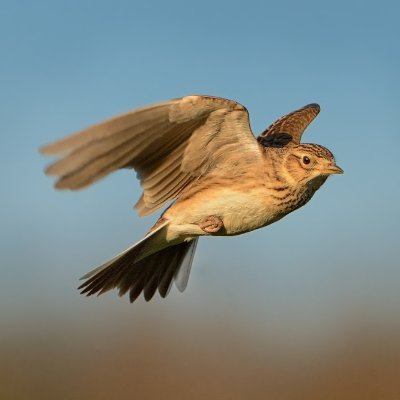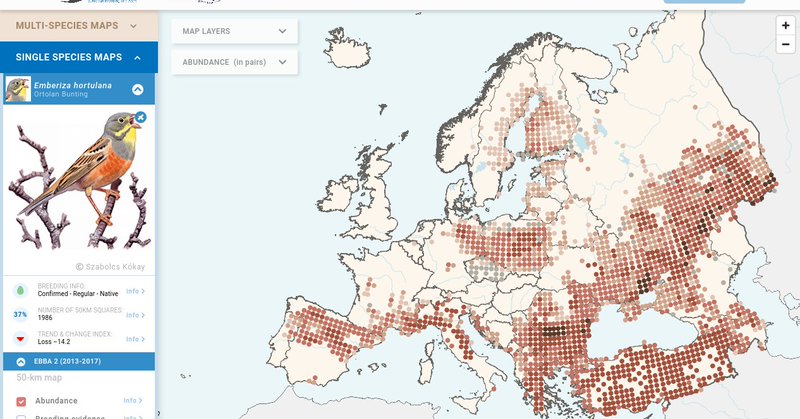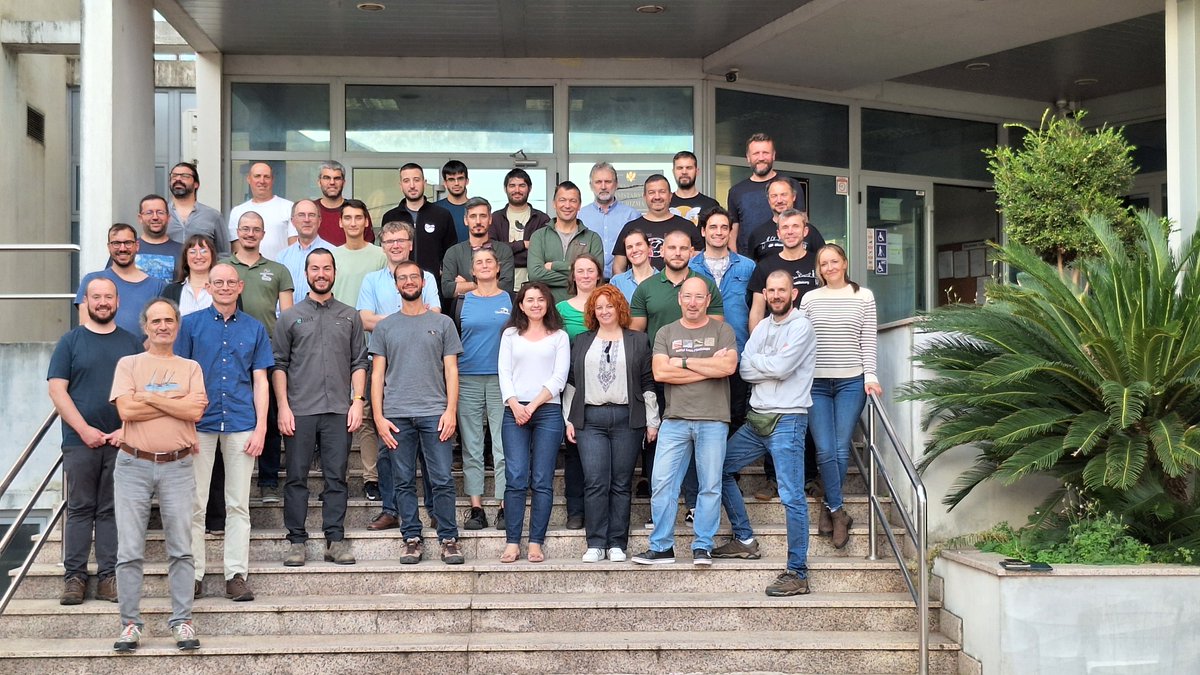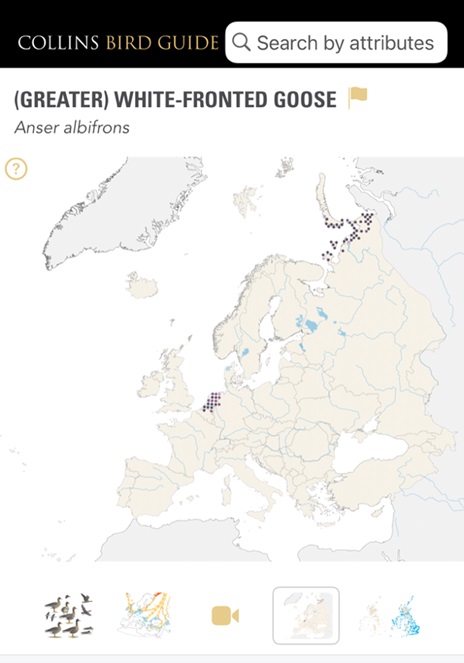
European Bird Census Council
@_EBCC
Followers
1K
Following
1K
Media
158
Statuses
607
Bringing together ornithologists & birders across Europe to monitor and research bird populations to help their conservation. #EBBA2 #PECBMS #EuroBirdPortal
Right across Europe
Joined November 2017
It's official: all European breeding bird distribution maps from #EBBA2 are online. A truly collaborative work now even more available for research and discovery. @newebba #ornithology #birdwatching 🥳.Check our new #EBBA2 website
ebba2.info
The European Breeding Bird Atlas is one of the most ambitious biodiversity mapping projects ever done. A total of 596 breeding bird species in Europe. A collaboration across political borders...
3
172
406
RT @giaeavesteparia: To open the second day of #SteppeBirds2025, Dr. Alena Klvaňová will present her work on using PECBMS and EBBA2 data on….
0
1
0
In February, we kicked off a campaign in order to increase the engagement of observers and number of complete lists in SE Europe thanks to @LIFEprogramme.@EuroBirdPortal Reinforcement project. Read more here:
0
4
9
The latest @EuroBirdPortal meeting gathered 36 participants (from 18 countries), read more about the overall progress of the project and where it is heading with thanks to @LIFEprogramme
0
5
11
🤔How difficult it is to predict species population changes in the future?.🧐What kind of species are predicted to increase or decrease in North Europe?.Sirke Piirainen asked such questions in her PhD thesis at the University of Helsinki, Finland.
0
0
5
Two new Barn Owl Tyto alba guttata breeding locations in Ukraine❗️.🔹In October 2023, owls bred in Lyman, Donetsk. 🔹In spring 2024, six chicks were observed in Korostyshiv, Zhytomyr. 👍These sites now mark the most northeastern breeding records for the species in Europe.
0
3
8
📣Riga Conference: register now!.The 23rd EBCC conference will be held from 31 March to 4 April 2025 in Riga, Latvia. 👉The deadline for abstract submission for posters and early bird registration is January 15, 2025.
conferences.lu.lv
0
1
2
🧐Did you know? .👉@_EBCC EBBA2 maps are now available in the Collins Bird Guide App! #ornithology.❓Do you use it on your mobile phone?
0
4
16
RT @giaeavesteparia: 🌟 Alena Klvaňová of @birdlifecz will discuss trends in European steppe bird populations at #SteppeBirds2025! 🦅 Discove….
0
5
0
🧐How are the birds in Europe doing?.👉Check the 2024 species trends update:
2
5
7
🧐What is new in European bird monitoring?.👉Check the Winter issue of the EBCC Newsletter: Photo by jiří Parůžek
0
6
10
RT @GBiC_CTF: 🚨JOB OFFER🚨 2-year postdoc position @BiodiversaPlus TABMON (Towards a transnational Acoustic Biodiversity MONitoring network)….
0
28
0
🧐How are the birds doing in Europe?.👉Explore 170 updated species trends:.
0
10
19
👉Today, we published the 2024 PECBMS update of bird trends and Wild Bird Indices.Unfortunately, the birds keep declining.
2
35
40
👉An exciting EBCC Spatial Modelling Group workshop is taking place now at SOVON (Nijmegen, The Netherlands). Boosted by the EBP Life Reinforcement project, 23 researchers are exploring methods to develop a new generation of maps based on EBP and PECBMS data.
0
3
4
Attend Conference on Steppe Birds !.Early Bird registration: January 15, 2025.Submission Deadline: November 18, 2024.👉Visit the website:
0
1
2
EBP annual meeting and LIFE workshop second day: Petr Vorisek from CSO commenting on the importance of standard bird monitoring and filling the gap in SE Europe on the example of Turtle Dove
0
2
6
EBP annual meeting and LIFE Reinforcement project started yesterday in sunny Podgorica, 36 participants from 18 countries joined us
0
3
7
In the central-eastern flyway, hunting efforts were only reduced, the numbers continued to decline to a historic low of 0.56 million pairs in 2023, down by 15 % since 2021. Read the paper:
conbio.onlinelibrary.wiley.com
Empirical data are essential to assess the outcomes of management decisions in the context of adaptive management. We used flyway-level population indices of a declining game bird to assess populat...
0
0
2
Data compiled and analysed by the PECBMS show that the numbers started to rise to 1.96 million pairs, an increase of 400 thousand breeding pairs, or 25 % (in 2023), in only two years after the ban.
0
0
1



















